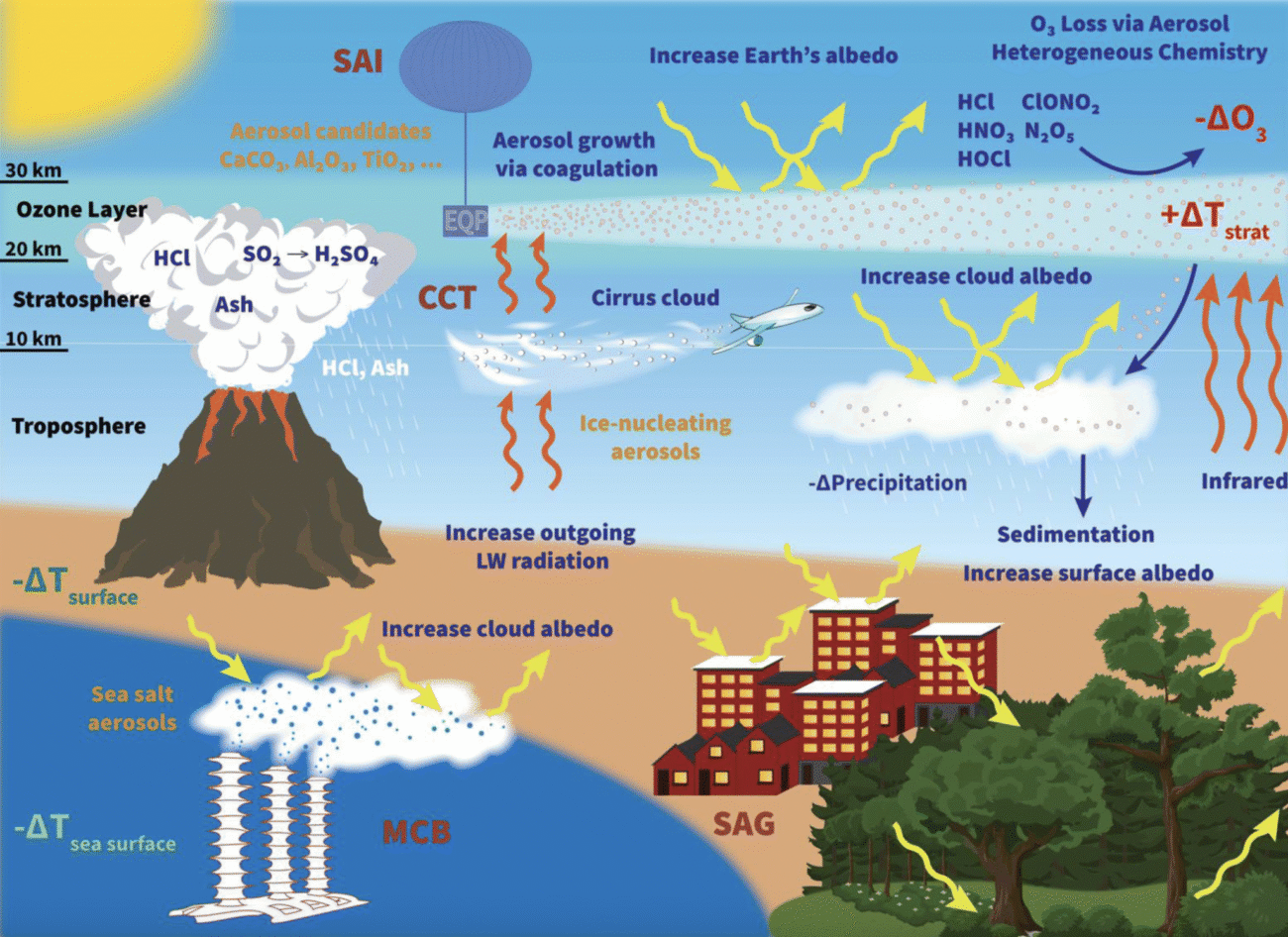
""Even when simulations of SAI in climate models are sophisticated, they're necessarily going to be idealized. Researchers model the perfect particles that are the perfect size. And in the simulation, they put exactly how much of them they want, where they want them. But when you start to consider where we actually are, compared to that idealized situation, it reveals a lot of the uncertainty in those predictions,""
"SAI is much harder than it looks on paper. This study shows that real-world engineering, logistical, and political constraints could make it far riskier and more expensive than expected. Where, when, and how aerosols are released matters a lot. Injection altitude, location, season, and coordination between countries may dramatically affect how aerosols behave in the atmosphere. Supply chains could strain under the demand for certain SAI materials, such as diamond and zirconia. They're either too scarce or too expensive to be practical."
Stratospheric aerosol injection (SAI) requires precise control of particle properties, injection altitude, timing, and geographic coordination, all of which strongly influence aerosol behavior and climate effects. Idealized climate model simulations assume perfect particles and exact deployment, producing uncertain real-world outcomes when engineering, logistical, material, and political constraints are introduced. Material demands for particles like diamond and zirconia could overwhelm supply chains or be prohibitively expensive. Uncoordinated or unilateral deployment risks regionally asymmetric impacts, including droughts, monsoon disruption, and altered storm patterns. Comprehensive assessment must account for manufacturing, transport, international governance, and seasonal and spatial variability.
Read at State of the Planet
Unable to calculate read time
Collection
[
|
...
]